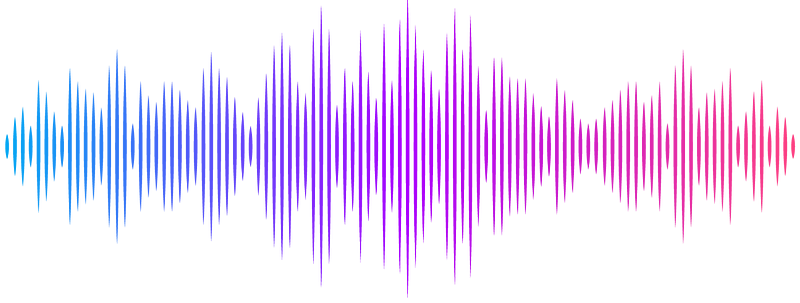The Mammalian KU70 C-terminus SAP Domain Is Required to Repair Exogenous DNA Damage

The Mammalian KU70 C-terminus SAP Domain Is Required to Repair Exogenous DNA Damage
Wang, Y.; Czap, M.; Kim, H.; Lu, H.; Liu, J.; Chang, Y.; Romanienko, P.; Montagna, C.; Shen, Z.
AbstractThe mammalian non-homologous end joining (NHEJ) is required for V(D)J recombination as well as coping with exogenously induced DNA double strand breaks (DSBs). Initiated by the binding of KU70/KU80 (KU) dimer to DNA ends and the subsequent recruitment of the DNA-dependent protein kinase catalytic subunit (DNA-PKcs), NHEJ plays a key role in DNA repair. While there has been significant structural understandings of how KU70 participates in NHEJ, the specific function of its highly conserved C-terminal SAP domain remains elusive. In this study, we developed a novel mouse model by deleting the SAP domain but preserving the KU70 nuclear localization and its dimerization ability with KU80. We found that the KU70 SAP deletion did not affect the V(D)J recombination or animal development but significantly impaired the animals and cells in repairing exogenously induced DSBs. We further showed an inability of KU70-deltaSAP cells to retain the DNA Ligase IV (LIG4) and other NHEJ co-factors on chromatin, and a spreading pattern of DSB marker gammaH2AX in KU70-deltaSAP cells after DNA damage. Our findings suggest that a specific inhibition of the SAP function may offer an opportunity to modulate cell sensitivity to therapeutic DSB-inducing agents without interfering with the developmental function of KU70.


